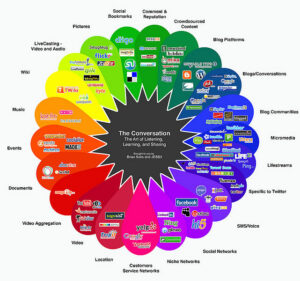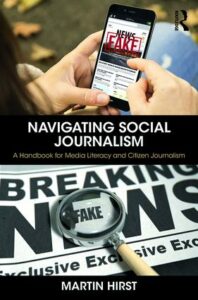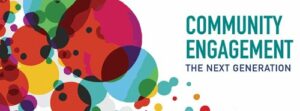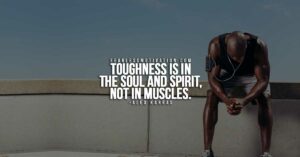The readings for our final week of EDCI 338, made me reflect on what I have gained, personally and professionally, from taking this class. One of the most important things I have learned in this course is the value of having a personal learning network(PLN) that encompasses life-long learning through diversity, and making meaningful connections with others. The knowledge that I have gained from the personal experiences shared in weekly blogs, guest interviews, course readings, and most importantly, Jayne and Asha, will forever change who I am and who I want to be. As “ great ideas can come from anywhere and anyone”, having the opportunity to share my thoughts, knowledge, ideas, and insights and then learn from other people’s opinions and perspectives, has made me realize how important it is to continue to learn, and grow as a leader and role model(Qualman, 2012). When you want to be a leader, you can actually influence people more when you share information.
My perspective on how to use social media in my personal life has changed since the beginning of this course. I am much more focussed on the presentation and reputation of my digital identity. No matter what social media platform I use, I am much more aware of the digital image that I am creating of myself and how this can affect my reputation. The posts and comments that I make are a representation of who I am as a person so it is best to share supportive comments and learn to share differing opinions in a kind and thoughtful way. It is easy to react in the moment and comment when you are emotional but social media can be very unforgiving. My perspectives on social media has also expanded from just using social media for personal use to learning how to promote professional growth as well. In a professional setting, a PLN can create more opportunities to share ideas, experiences, and resources with other experts and professionals in relation to our professional interests, “every connection we have knows something that we do not”(Qualman, 2012). I also have a much better understanding of the role diversity has in my personal and professional growth. The readings and videos clarified the importance behind incorporating diversity into my PLN and made me think about looking at situations through a different lens.
The blogs that have been posted by my classmates throughout the course has provided me with valuable information and given me insight into a variety of different perspectives on what role our digital identity plays in our professional development. I am aware of the ramifications your digital identity can have on your professional career in terms of applying for jobs. The fact that more and more employers are looking at future employee social media accounts was eye opening. When ever I post pictures or comment on pictures, I always remind myself to not post something that could be deemed insensitive or offensive to a future employer. By taking a step back and being critical about my digital identity, I have realized that there is a certain level of responsibility that comes with using social media for personal and professional purposes. The valuable lessons that I have learned on how to manage and protect my reputation in public and private online spaces and how important it is to be media literate in today’s online world, will help me communicate and collaborate in a much better way in the future.
Moving forward, I am excited to expand my PLN and look for new opportunities to learn and network from people that I wouldn’t normally connect with. Through diversity, I will continue to listen to peoples experiences and apply them to my own life. I will expand my networking skills and use a variety of social media tools to promote and advocate for social change. This course has given me incentive to get involved in my community because a group of people no matter what their experiences, are more powerful than one voice. I also think that it is worth mentioning that I value the importance of listening and having discussions about issues that may be uncomfortable because I now know how important it is for others to learn as well.
References
Qualman, E. (2012). Digital leader: 5 simple keys to success and influence (1st ed.). New York: McGraw-Hill. Chapter Retrieved from: https://learning-oreilly-com.ezproxy.library.uvic.ca/library/view/digital-leader-5/9780071792424/ch16.html




